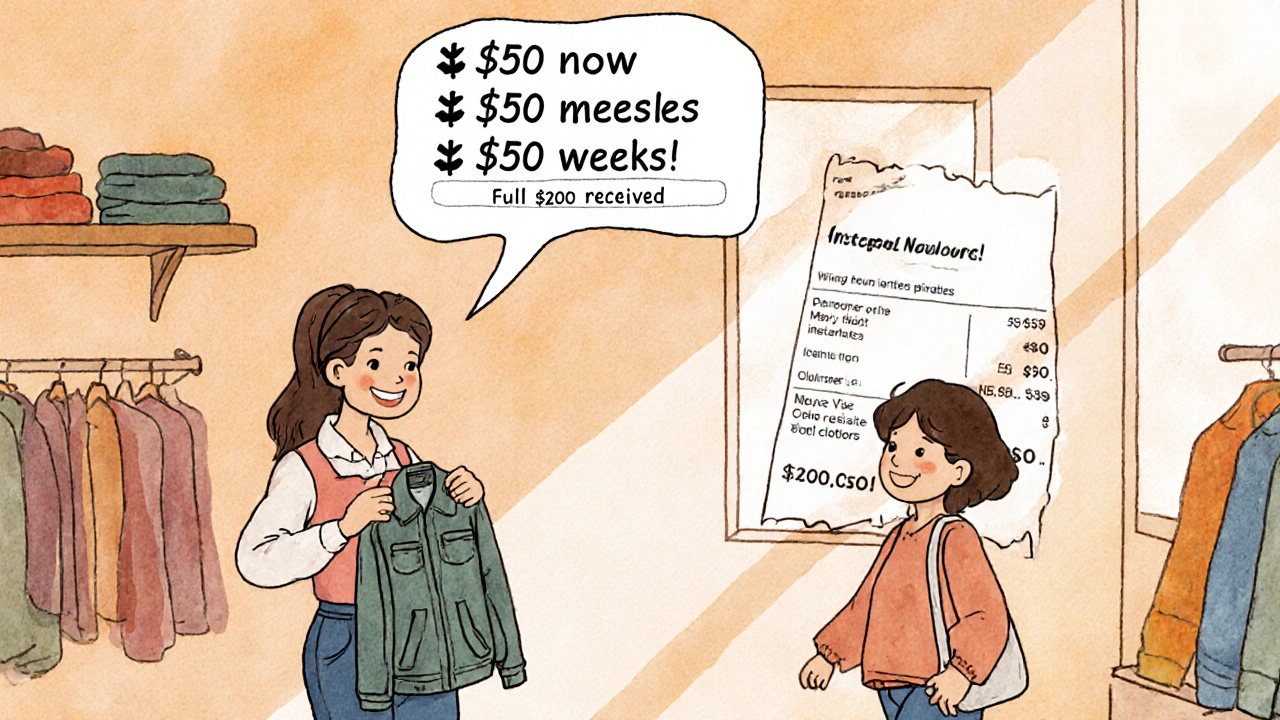BNPL for Small Businesses: How Buy Now, Pay Later Helps Startups Manage Cash Flow
When you think of Buy Now, Pay Later, a payment option that lets customers split purchases into interest-free installments. Also known as installment financing, it's commonly seen at checkout on e-commerce sites—but for small businesses, it’s becoming a hidden tool to smooth cash flow, attract buyers, and compete with bigger brands. Most people assume BNPL is only for consumers buying sneakers or electronics. But behind the scenes, a growing number of small business owners are using it to pay suppliers, manage inventory, and even offer payment plans to their own customers.
Here’s how it actually works for you: If you’re a boutique owner or a service-based startup, you can partner with a BNPL provider to let your customers pay in 4 installments instead of upfront. That means fewer abandoned carts and higher average order values. At the same time, you can use BNPL to buy equipment or stock without draining your bank account—paying the supplier over time while you earn revenue from sales. It’s not magic, but it’s a simple lever most small businesses ignore. Related entities like payment processing infrastructure, the network of banks, gateways, and card networks that move money between buyers and sellers and fintech marketing strategies, tactics that help businesses acquire and retain customers using digital tools are what make this possible. Without reliable payment rails and clear customer communication, BNPL just becomes another headache.
Not every BNPL option is built for small businesses. Some platforms charge high fees, lock you into long contracts, or don’t let you pass savings to customers. Others give you the flexibility to set your own terms—like offering 30-day terms to clients who pay via BNPL, or using it as a supplier financing tool. The key is matching the tool to your real cash flow gaps. If you’re waiting 45 days for clients to pay but need to pay your vendor in 15, BNPL can bridge that gap. If you’re seeing customers walk away because they can’t afford a $1,200 service upfront, offering a payment plan might turn one lost sale into three monthly ones.
What you won’t find in most guides is the real trade-off: BNPL isn’t free money. It shifts timing, not cost. You still need to track receivables, manage defaults, and understand how it affects your profit margins. But for many small business owners—especially women-run startups in tech, design, or e-commerce—it’s the first time they’ve had real control over their cash flow without taking on debt. And that’s why it’s not just a trend. It’s becoming a standard tool for smart, lean operations.
Below, you’ll find real examples of how small business owners are using BNPL—not as a marketing gimmick, but as a financial tool. From setting up supplier financing to integrating it with accounting software, these posts cut through the noise and show you exactly what works in 2025.
BNPL for Small Businesses: How to Accept Installment Payments and Boost Sales
BNPL lets small businesses offer interest-free installment payments while getting paid upfront. Learn how to set it up, which providers to choose, and how to avoid costly mistakes that hurt your margins.
View More